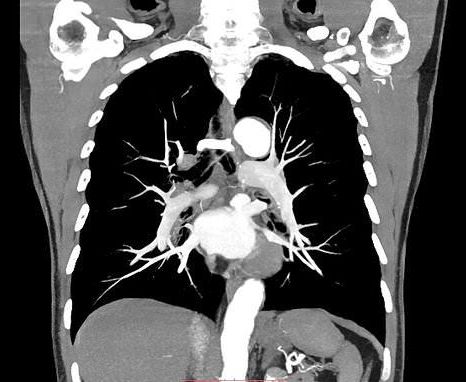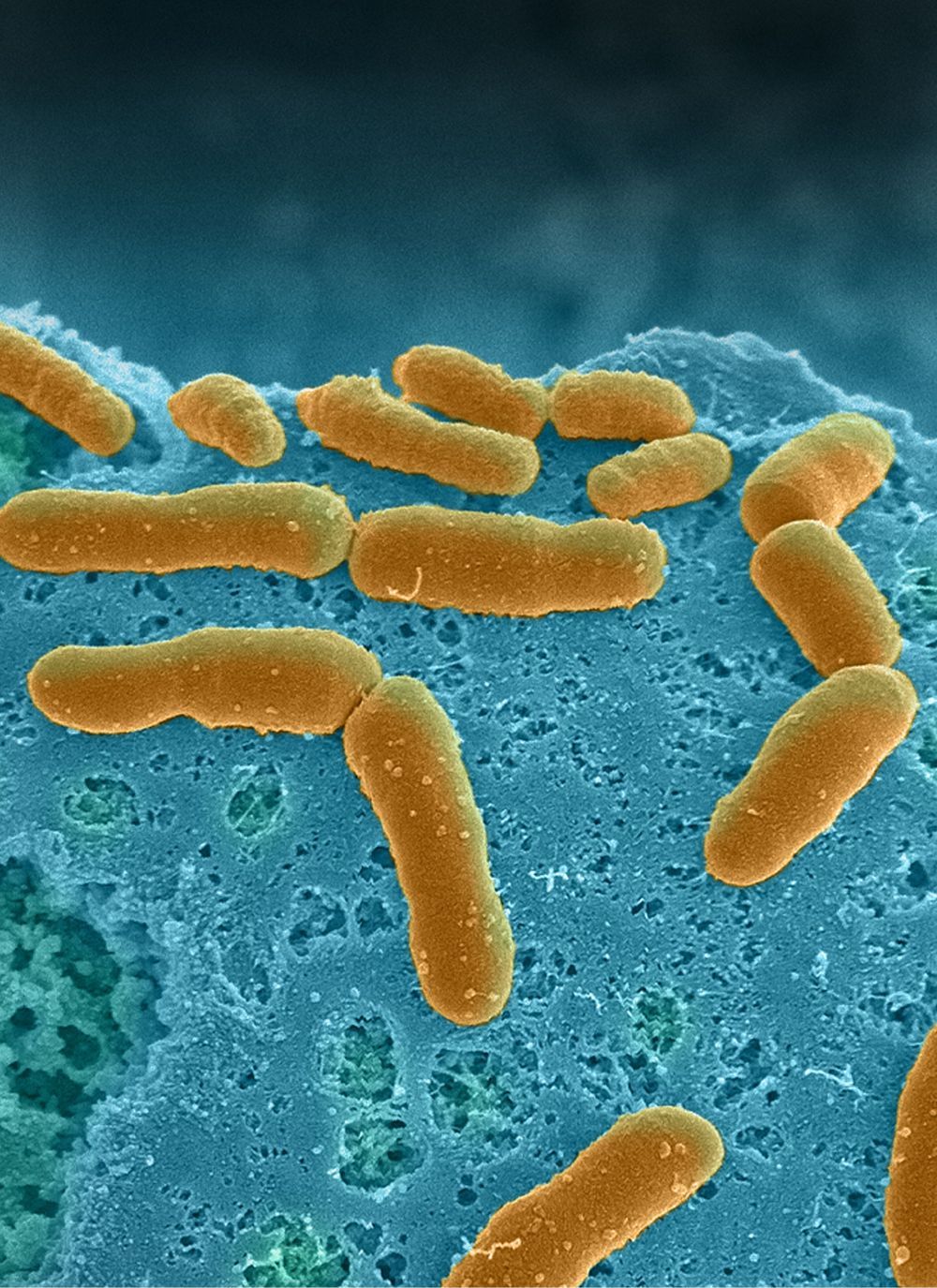Page 8144
May 13, 2019
Why Extreme Urban Farm Produce Will Be On All Menus Of The Future
Posted by Quinn Sena in categories: food, sustainability
May 13, 2019
Piëch doubles down on its outrageous sub-5-minute EV charging claims
Posted by Quinn Sena in category: futurism
People will stop complaining about EV range the minute fast charging is a reality, and new startup Piëch reckons it’s got the goods to deliver an 80 percent charge on a 311-mile (500 km) range battery in four minutes, 40 seconds, which is vastly quicker than anything else on the market. Why not just launch the battery, then?
May 13, 2019
Breast cancer cells in mice tricked into turning into fat cells
Posted by Quinn Sena in category: biotech/medical
As cancer cells respond to cues in their microenvironment, they can enter a highly plastic state in which they are susceptible to transdifferentiation into a different type of cell. Researchers at the University of Basel in Switzerland exploited this critical phase, known as an epithelial-mesenchymal transition (EMT), to coax breast cancer cells in mice to turn into harmless fat cells. The proof-of-concept study appears January 14 in the journal Cancer Cell.
“The breast cancer cells that underwent an EMT not only differentiated into fat cells, but also completely stopped proliferating,” says first author Gerhard Christofori, professor of biochemistry at the University of Basel. What’s more, the primary tumor did not metastasize. “As far as we can tell from long-term culture experiments, the cancer cells-turned-fat cells remain fat cells and do not revert back to breast cancer cells,” he says.
Epithelial cells undergoing EMT regress from terminally differentiated cells to a more immature state reminiscent of stem cells. EMT is essential for embryonic development, during which stem cells differentiate into a variety of cell types throughout the body, and for tissue regeneration such as wound healing. EMT and the inverse process, mesenchymal-epithelial transition (MET), are implicated in cancer’s ability to metastasize.
Continue reading “Breast cancer cells in mice tricked into turning into fat cells” »
After billions of years of cooling, the Moon continues to shrink. This NASA study shows how wrinkle ridges, curved hills and shallow trenches are forming as the Moon loses heat: https://go.nasa.gov/2VpcOR3
May 13, 2019
Quantum world-first—researchers reveal accuracy of two-qubit calculations in silicon
Posted by Klaus Baldauf in category: quantum physics
For the first time ever, researchers have measured the fidelity—that is, the accuracy—of two-qubit logic operations in silicon, with highly promising results that will enable scaling up to a full-scale quantum processor.
May 13, 2019
Algorithm detects who will DIE from a heart attack with 90% accuracy
Posted by Carse Peel in categories: biotech/medical, information science

An algorithm similar to the ones used by Netflix and Spotify to recommend content can predict who will DIE or have a heart attack with 90% accuracy…
Nearly 1,000 patients complaining of chest pain were assessed and treated at Turku PET Centre, Finland and their data used to train the LogitBoost algorithm.
Continue reading “Algorithm detects who will DIE from a heart attack with 90% accuracy” »
May 13, 2019
The German Party for Health Research Enters Elections
Posted by Steve Hill in categories: biotech/medical, life extension
We’d like to draw attention to an initiative whose objectives are close to our own: the German Party for Health Research (GPHR, Partei für Gesundheitsforschung in German). Founded in January 2015 by three biochemists and one actor, the GPHR is rather unique in that it is a single-issue party: its only concern is the creation of effective therapies to treat and prevent the pathologies of old age.
Since its creation, the party has participated in five elections; one of its biggest successes was the Berlin state elections in September 2016, where it received 0.5% of the secondary votes despite being still a rather unknown party. Slowly but steadily, the party has enjoyed an increase in voter support over the years, doing even better than the well-known Pirate Party in one election district during the 2017 federal elections. Currently, the party counts over 250 members, a very heterogeneous group of young and old people with different backgrounds.
The GPHR was founded because the founding members, including biochemist Felix Werth, wanted to give people a new way to support research against age-related diseases; not everyone is willing or capable to help the cause in traditional ways, such as by donating money or time to research or advocacy organizations, while a political party offers simpler yet effective ways to help, such as voting for the party, signing for its participation in elections, or even joining for free as a member.
Continue reading “The German Party for Health Research Enters Elections” »
May 13, 2019
Time Crystals: A New Form Of Matter That Could Change Everything
Posted by Victoria Generao in category: electronics
Of all the science-fiction-sounding names that have come to fruition in recent years, perhaps none is as mysterious or seemingly fictitious as time crystals. The name evokes something between Back to the Future and Donnie Darko, and the reality is perhaps crazier than either.
Two separate groups of scientists recently reported that they observed time crystals, which lends credence to the idea that this theoretical state of matter is something humans can actually create and observe. And indeed, time crystals can be grown in a child’s bedroom.
However, it requires nuclear sensors and lasers to help time crystals reach their full potential and then measure and observe them. This combination of dramatic scientific terms and shockingly simple objects is a great analogy for time crystals as a whole.
Continue reading “Time Crystals: A New Form Of Matter That Could Change Everything” »
May 13, 2019
Human gut microbiome physiology can now be studied in vitro using Organ Chip technology
Posted by Xavier Rosseel in categories: biotech/medical, computing, engineering, health
The human microbiome, the huge collection of microbes that live inside and on our body, profoundly affects human health and disease. The human gut flora in particular, which harbor the densest number of microbes, not only break down nutrients and release molecules important for our survival but are also key players in the development of many diseases including infections, inflammatory bowel diseases, cancer, metabolic diseases, autoimmune diseases, and neuropsychiatric disorders.
Most of what we know about human–microbiome interactions is based on correlational studies between disease state and bacterial DNA contained in stool samples using genomic or metagenomic analysis. This is because studying direct interactions between the microbiome and intestinal tissue outside the human body represents a formidable challenge, in large part because even commensal bacteria tend to overgrow and kill human cells within a day when grown on culture dishes. Many of the commensal microbes in the intestine are also anaerobic, and so they require very low oxygen conditions to grow which can injure human cells.
A research team at Harvard’s Wyss Institute for Biologically Inspired Engineering led by the Institute’s Founding Director Donald Ingber has developed a solution to this problem using ‘organ-on-a-chip’ (Organ Chip) microfluidic culture technology. His team is now able to culture a stable complex human microbiome in direct contact with a vascularized human intestinal epithelium for at least 5 days in a human Intestine Chip in which an oxygen gradient is established that provides high levels to the endothelium and epithelium while maintaining hypoxic conditions in the intestinal lumen inhabited by the commensal bacteria. Their “anaerobic Intestine Chip” stably maintained a microbial diversity similar to that in human feces over days and a protective physiological barrier that was formed by human intestinal tissue. The study is published in Nature Biomedical Engineering.















